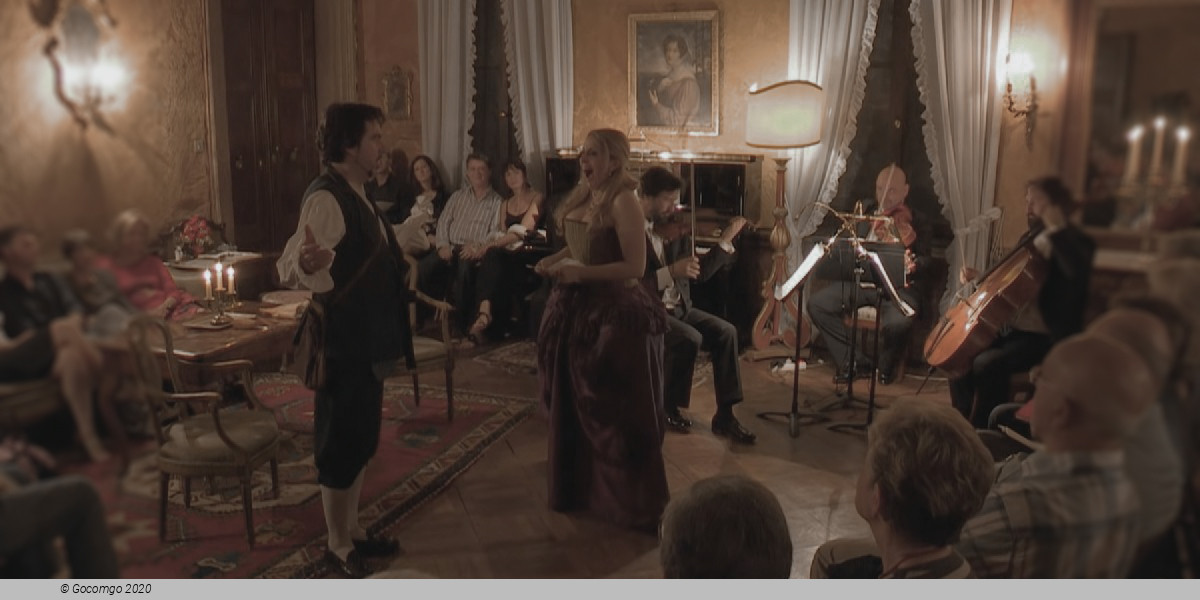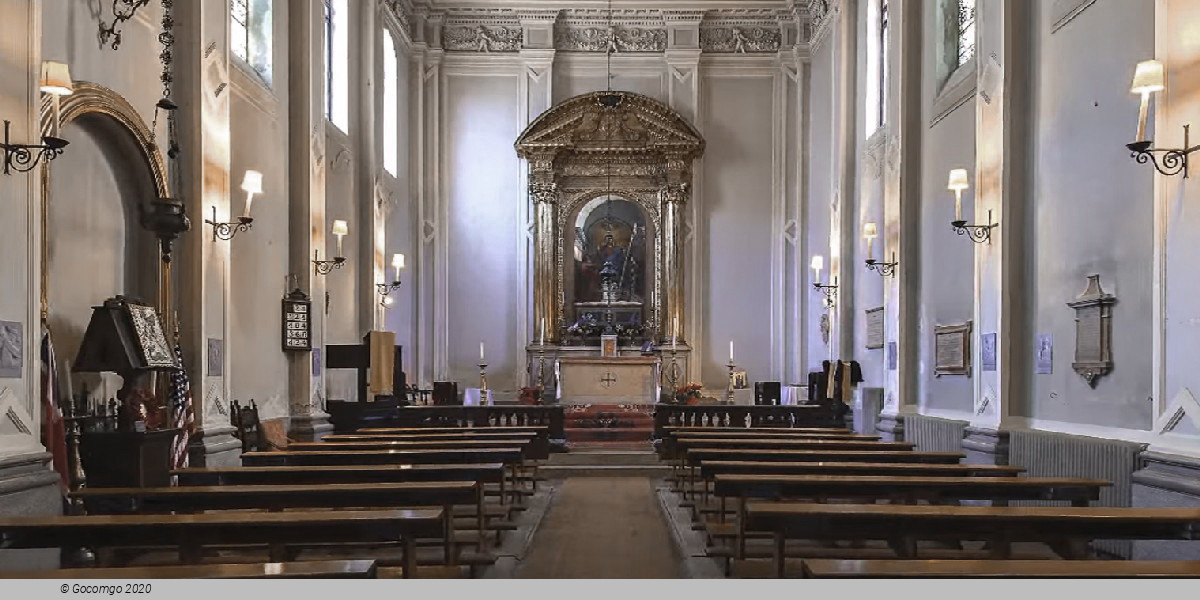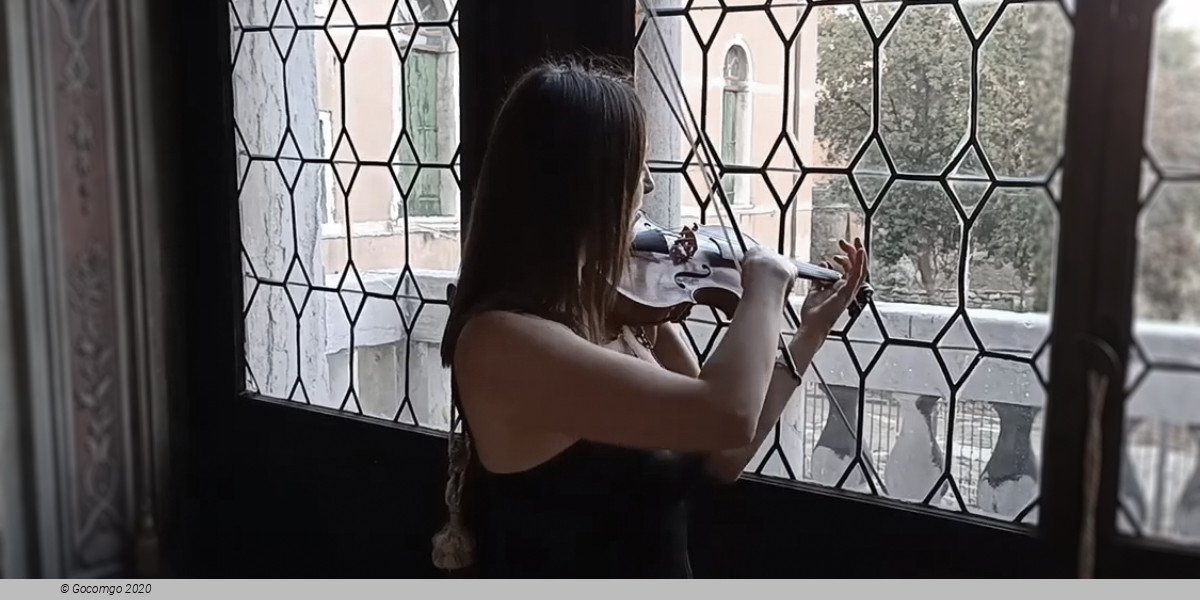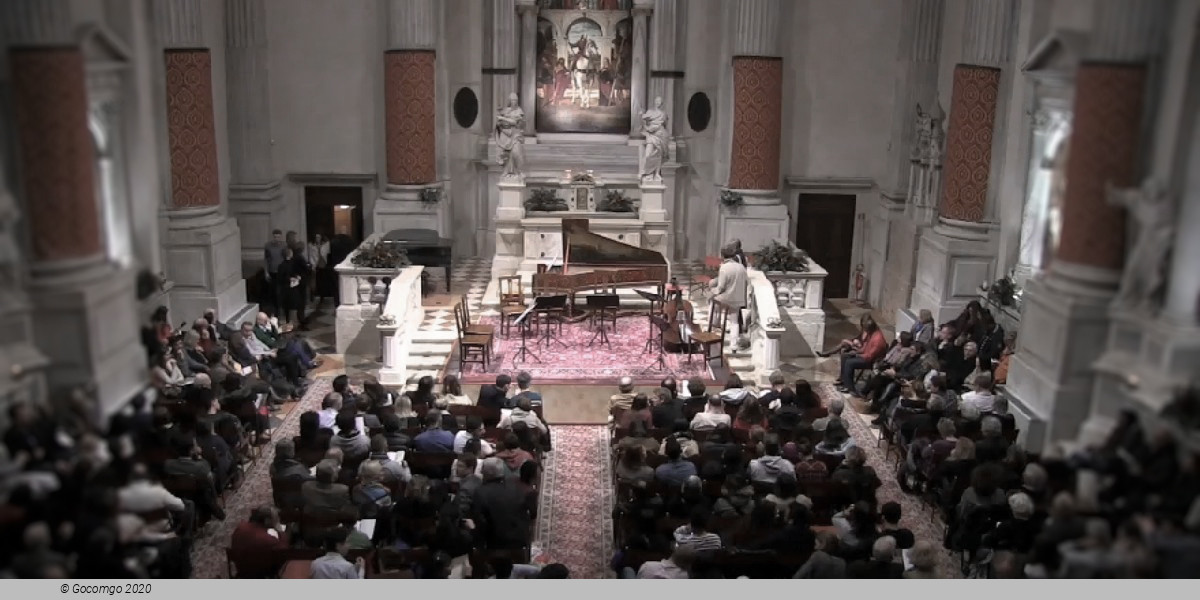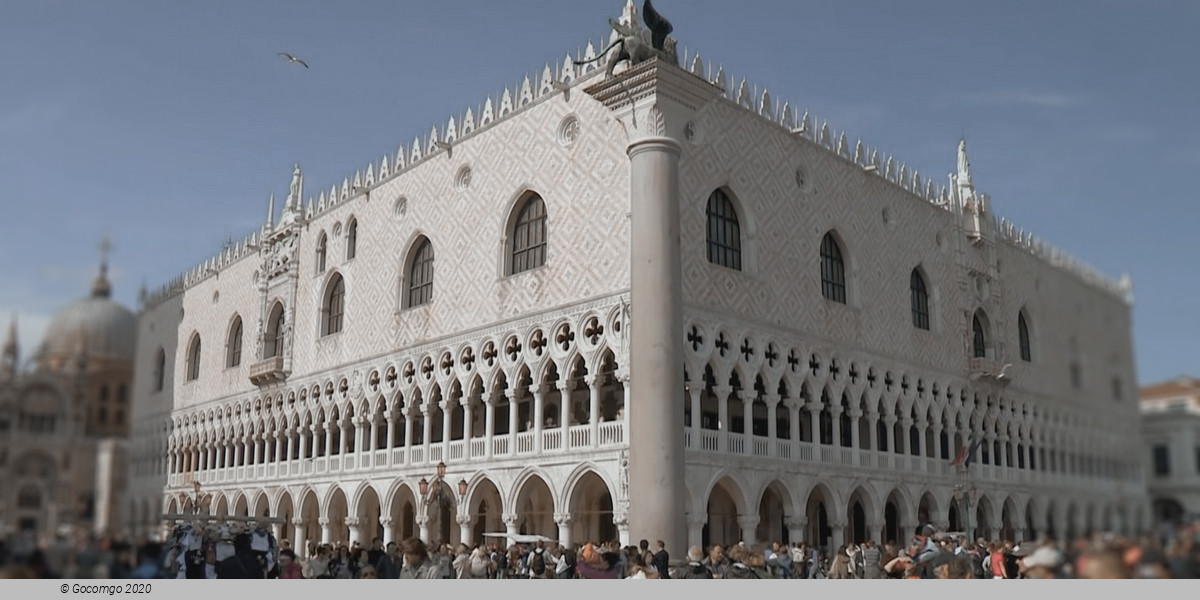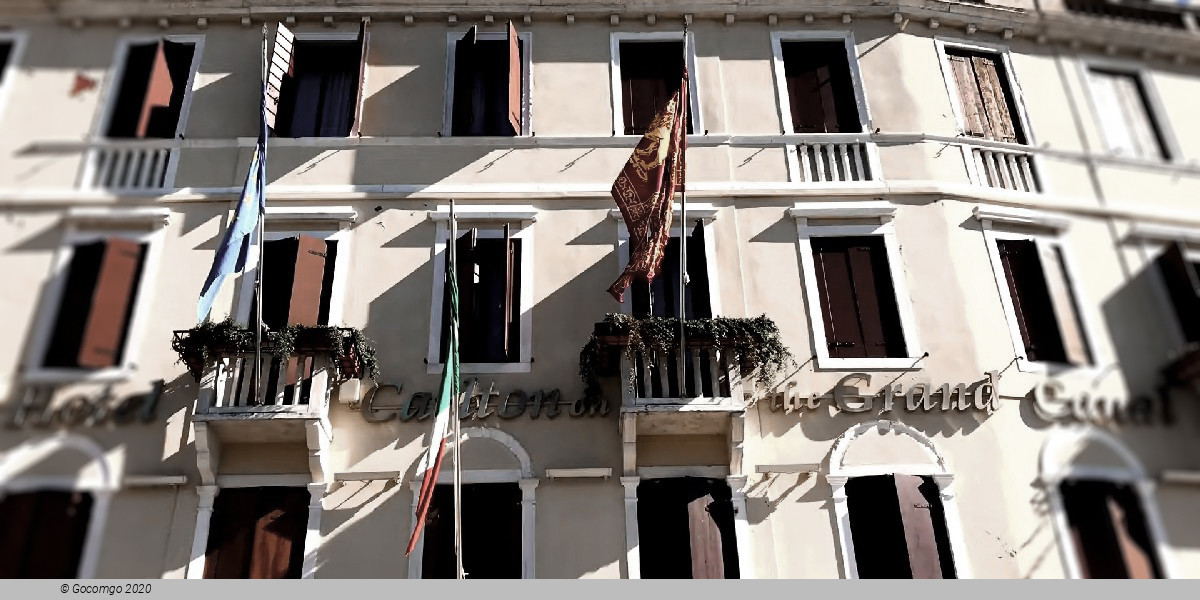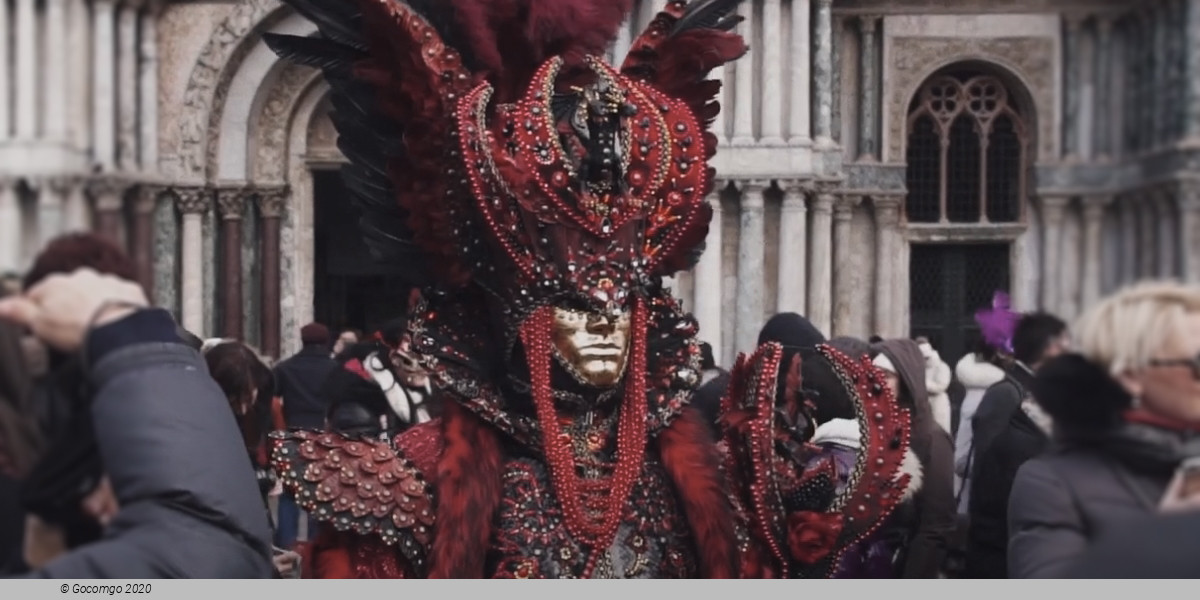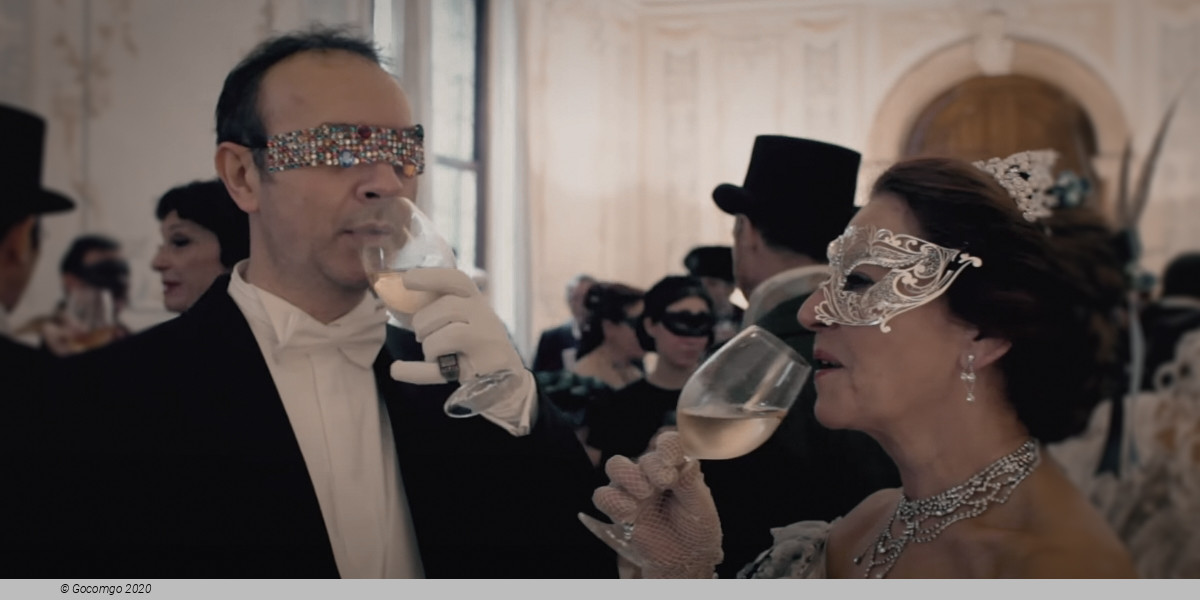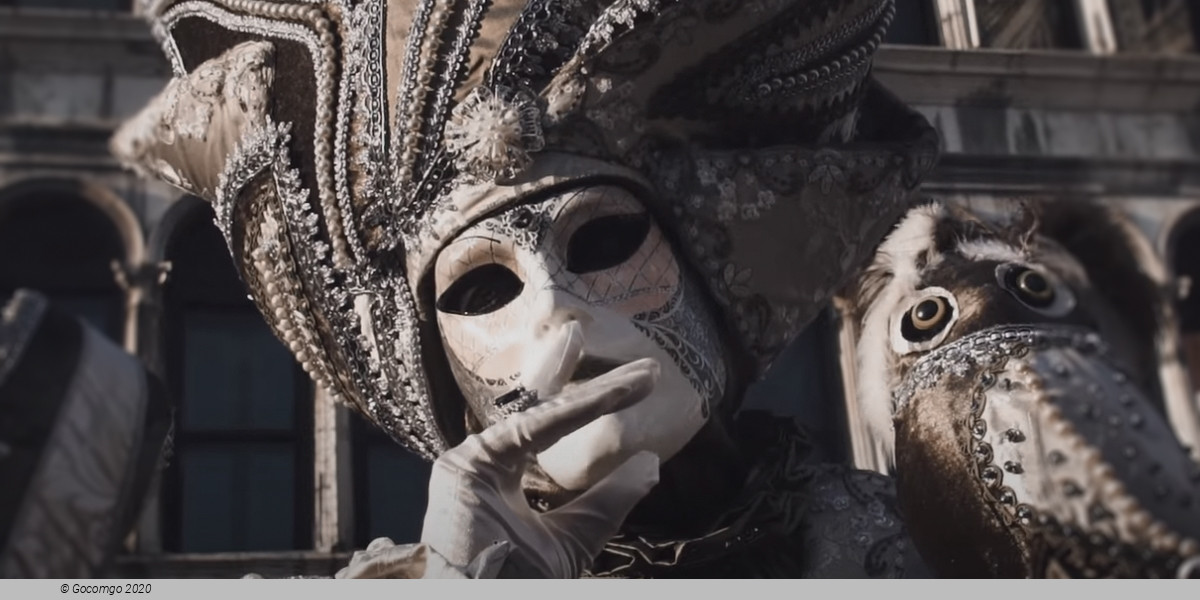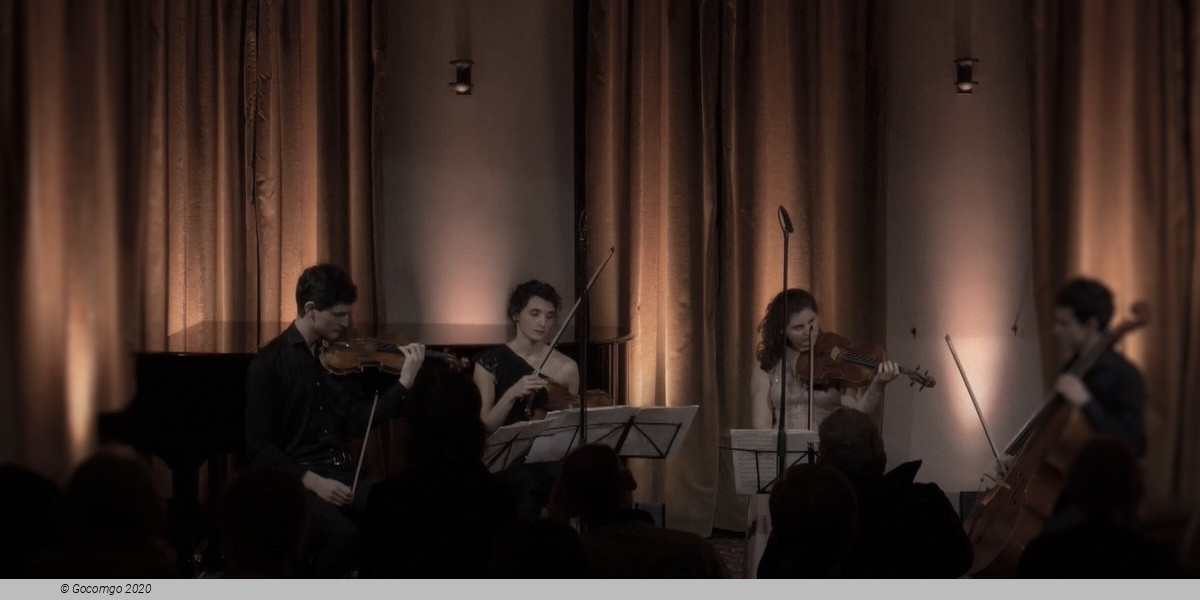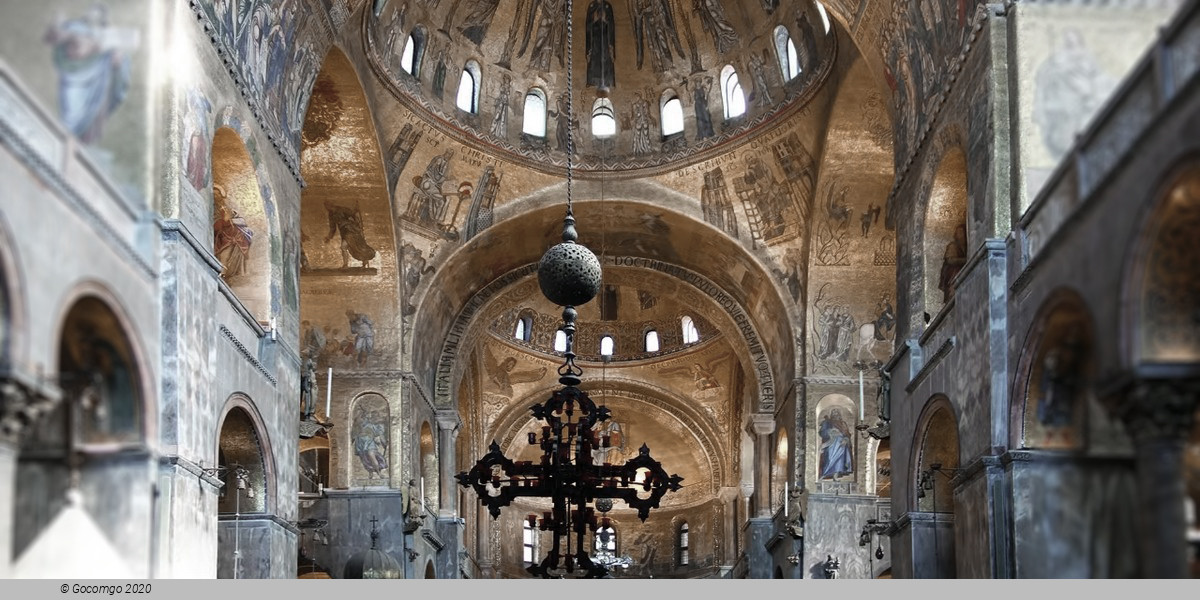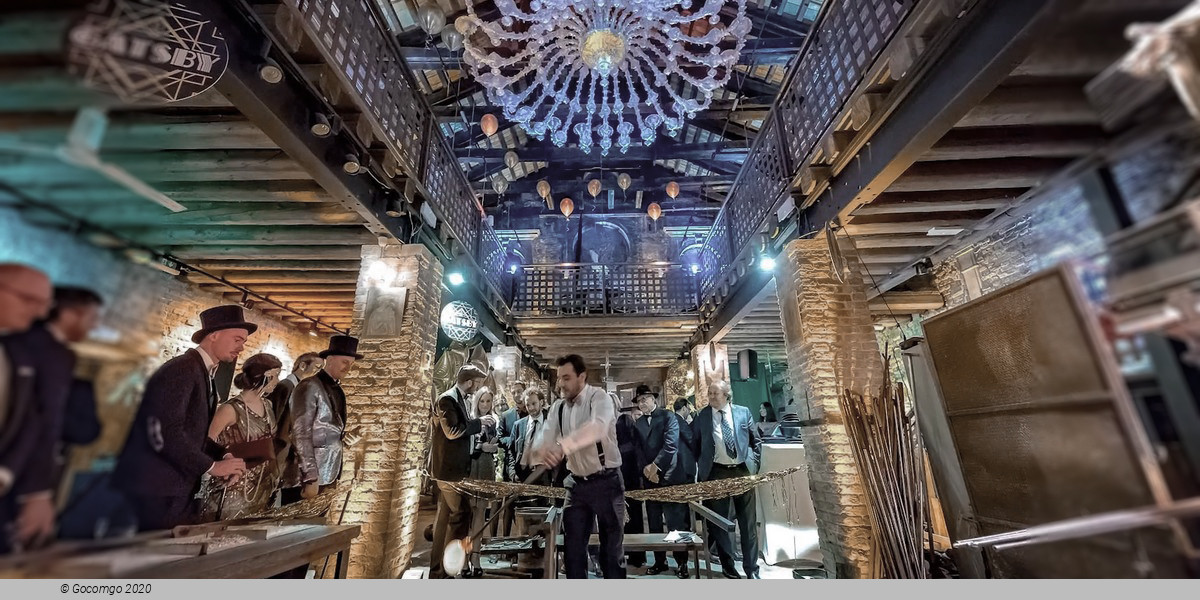Venues in Venice
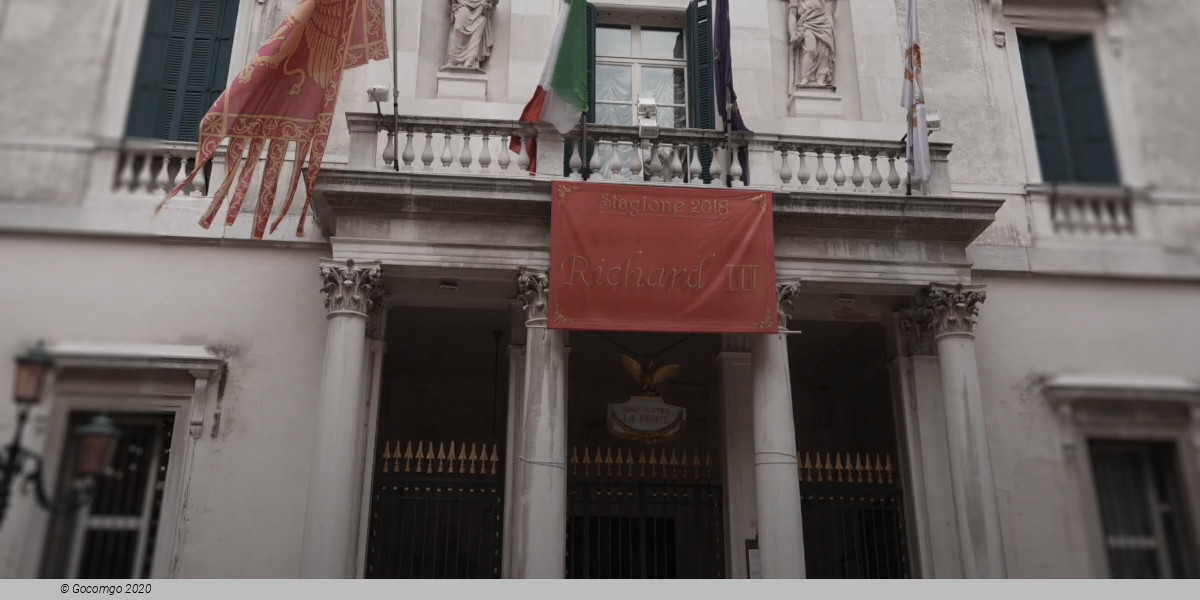
Venice is a city in northeastern Italy and the capital of the Veneto region. It is built on a group of 118 small islands that are separated by canals and linked by over 400 bridges. Venice has been known as "La Dominante", "La Serenissima", "Queen of the Adriatic", "City of Water", "City of Masks", "City of Bridges", "The Floating City", and "City of Canals". The lagoon and a part of the city are listed as a UNESCO World Heritage Site. Parts of Venice are renowned for the beauty of their settings, their architecture, and artwork. Venice is known for several important artistic movements—especially during the Renaissance period—and has played an important role in the history of instrumental and operatic music, and is the birthplace of Baroque composers Tomaso Albinoni and Antonio Vivaldi.
Although the city is facing some challenges (including an excessive number of tourists and problems caused by pollution, tide peaks and cruise ships sailing too close to buildings), Venice remains a very popular tourist destination, a major cultural centre, and has been ranked many times the most beautiful city in the world. It has been described by the Times Online as one of Europe's most romantic cities and by The New York Times as "undoubtedly the most beautiful city built by man".
Venice is built on unstable mud-banks, and had a very crowded city centre by the Middle Ages. On the other hand, the city was largely safe from riot, civil feuds, and invasion much earlier than most European cities. These factors, with the canals and the great wealth of the city, made for unique building styles.
Venice has a rich and diverse architectural style, the most prominent of which is the Gothic style. Venetian Gothic architecture is a term given to a Venetian building style combining the use of the Gothic lancet arch with the curved ogee arch, due to Byzantine and Ottoman influences. The style originated in 14th-century Venice, with a confluence of Byzantine style from Constantinople, Islamic influences from Spain and Venice's eastern trading partners, and early Gothic forms from mainland Italy. Chief examples of the style are the Doge's Palace and the Ca' d'Oro in the city. The city also has several Renaissance and Baroque buildings, including the Ca' Pesaro and the Ca' Rezzonico.
Venetian taste was conservative and Renaissance architecture only really became popular in buildings from about the 1470s. More than in the rest of Italy, it kept much of the typical form of the Gothic palazzi, which had evolved to suit Venetian conditions. In turn the transition to Baroque architecture was also fairly gentle. This gives the crowded buildings on the Grand Canal and elsewhere an essential harmony, even where buildings from very different periods sit together. For example, round-topped arches are far more common in Renaissance buildings than elsewhere.
It can be argued that Venice produced the best and most refined Rococo designs. At the time, the Venetian economy was in decline. It had lost most of its maritime power, was lagging behind its rivals in political importance, and its society had become decadent, with tourism increasingly the mainstay of the economy. But Venice remained a centre of fashion. Venetian rococo was well known as rich and luxurious, with usually very extravagant designs. Unique Venetian furniture types included the divani da portego, and long rococo couches and pozzetti, objects meant to be placed against the wall. Bedrooms of rich Venetians were usually sumptuous and grand, with rich damask, velvet, and silk drapery and curtains, and beautifully carved rococo beds with statues of putti, flowers, and angels. Venice was especially known for its beautiful girandole mirrors, which remained among, if not the, finest in Europe. Chandeliers were usually very colourful, using Murano glass to make them look more vibrant and stand out from others; and precious stones and materials from abroad were used, since Venice still held a vast trade empire. Lacquer was very common, and many items of furniture were covered with it, the most noted being lacca povera (poor lacquer), in which allegories and images of social life were painted. Lacquerwork and Chinoiserie were particularly common in bureau cabinets.
Venice, especially during the Middle Ages, the Renaissance, and Baroque periods, was a major centre of art and developed a unique style known as the Venetian School. In the Middle Ages and the Renaissance, Venice, along with Florence and Rome, became one of the most important centres of art in Europe, and numerous wealthy Venetians became patrons of the arts. Venice at the time was a rich and prosperous Maritime Republic, which controlled a vast sea and trade empire.
In the 16th century, Venetian painting was developed through influences from the Paduan School and Antonello da Messina, who introduced the oil painting technique of the Van Eyck brothers. It is signified by a warm colour scale and a picturesque use of colour. Early masters were the Bellini and Vivarini families, followed by Giorgione and Titian, then Tintoretto and Veronese. In the early 16th century, there was rivalry in Venetian painting between the disegno and colorito techniques.
Canvases (the common painting surface) originated in Venice during the early Renaissance. These early canvases were generally rough. In the 18th century, Venetian painting had a revival with Tiepolo's decorative painting and Canaletto's and Guardi's panoramic views.
Venice is known for its ornate glass-work, known as Venetian glass, which is world-renowned for being colourful, elaborate, and skilfully made. Many of the important characteristics of these objects had been developed by the 13th century. Toward the end of that century, the center of the Venetian glass industry moved to Murano, an offshore island in Venice. The glass made there is known as Murano glass.
Byzantine craftsmen played an important role in the development of Venetian glass. When Constantinople was sacked in the Fourth Crusade in 1204, some fleeing artisans came to Venice; when the Ottomans took Constantinople in 1453, still more glassworkers arrived. By the 16th century, Venetian artisans had gained even greater control over the colour and transparency of their glass, and had mastered a variety of decorative techniques. Despite efforts to keep Venetian glassmaking techniques within Venice, they became known elsewhere, and Venetian-style glassware was produced in other Italian cities and other countries of Europe.
Some of the most important brands of glass in the world today are still produced in the historical glass factories on Murano. They are: Venini, Barovier & Toso, Pauly, Millevetri, and Seguso. Barovier & Toso is considered one of the 100 oldest companies in the world, formed in 1295.
The city of Venice in Italy has played an important role in the development of the music of Italy. The Venetian state – i.e., the medieval Republic of Venice – was often popularly called the "Republic of Music", and an anonymous Frenchman of the 17th century is said to have remarked that "In every home, someone is playing a musical instrument or singing. There is music everywhere."
During the 16th century, Venice became one of the most important musical centers of Europe, marked by a characteristic style of composition (the Venetian school) and the development of the Venetian polychoral style under composers such as Adrian Willaert, who worked at St Mark's Basilica. Venice was the early center of music printing; Ottaviano Petrucci began publishing music almost as soon as this technology was available, and his publishing enterprise helped to attract composers from all over Europe, especially from France and Flanders. By the end of the century, Venice was known for the splendor of its music, as exemplified in the "colossal style" of Andrea and Giovanni Gabrieli, which used multiple choruses and instrumental groups. Venice was also the home of many noted composers during the baroque period, such as Antonio Vivaldi, Ippolito Ciera, Giovanni Picchi, and Girolamo Dalla Casa, to name but a few.
Venice is the home of numerous symphony orchestras such as, the Orchestra della Fenice, Rondò Veneziano, Interpreti Veneziani, and Venice Baroque Orchestra.
The Carnival of Venice is held annually in the city, It lasts for around two weeks and ends on Shrove Tuesday. Venetian masks are worn.
The Venice Biennale is one of the most important events in the arts calendar. In 1895 an Esposizione biennale artistica nazionale (biennial exhibition of Italian art) was inaugurated. In September 1942, the activities of the Biennale were interrupted by the war, but resumed in 1948.
The Festa del Redentore is held in mid-July. It began as a feast to give thanks for the end of the plague of 1576. A bridge of barges is built connecting Giudecca to the rest of Venice, and fireworks play an important role.
The Venice Film Festival (Italian: Mostra Internazionale d'Arte Cinematografica di Venezia) is the oldest film festival in the world. Founded by Count Giuseppe Volpi di Misurata in 1932 as the Esposizione Internazionale d'Arte Cinematografica, the festival has since taken place every year in late August or early September on the island of the Lido. Screenings take place in the historic Palazzo del Cinema on the Lungomare Marconi. It is one of the world's most prestigious film festivals and is part of the Venice Biennale.




